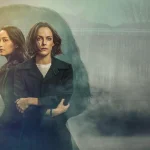Blue Is the Warmest Color (2013)
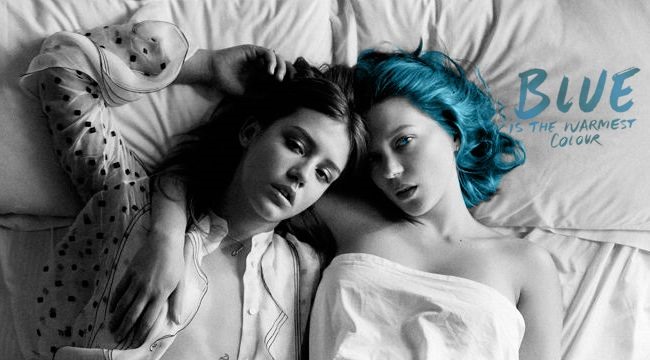
“Blue Is the Warmest Color” (“La Vie d’Adèle” in French) is a poignant and powerful French drama film that explores the complexities of love, identity, and self-discovery through the intimate relationship of two young women. Directed by Abdellatif Kechiche, the film was released in 2013 and quickly garnered international attention, winning the prestigious Palme d’Or (Golden Palm) at the Cannes Film Festival the same year. The film’s raw emotional depth, compelling performances, and thought-provoking themes make it one of the most significant cinematic works of the decade.
The film is based on the graphic novel Blue Is the Warmest Color by Julie Maroh. Set in France, it tells the story of Adèle (played by Adèle Exarchopoulos), a high school student who experiences an intense and transformative love affair with Emma (Léa Seydoux), an older art student with striking blue hair. This film chronicles Adèle’s coming-of-age journey, from her first hesitant steps into the world of love and sexuality to her painful yet inevitable path toward self-realization.
At its heart, “Blue Is the Warmest Color” is a study of the emotional and psychological evolution of its two protagonists. The film opens with Adèle as a curious, somewhat insecure teenager who is unsure about her identity, especially her sexual orientation. Her world shifts dramatically when she meets Emma, whose striking blue hair becomes a symbol of her individuality and freedom. The color blue, which reappears throughout the film, becomes a central motif representing both love and self-exploration, as well as the emotional warmth and intensity that develops between the characters.
The dynamic between Adèle and Emma is portrayed with an honesty and authenticity rarely seen in mainstream cinema. The intimacy between the characters is not just physical but emotional, as they share their dreams, fears, and aspirations. The filmmakers do not shy away from showing the complexities of love, including the highs and lows, the moments of passion, the confusion, and the eventual heartbreak. Their relationship evolves in a realistic and raw way, capturing the fragility and intensity of young love.
One of the most striking aspects of “Blue Is the Warmest Color” is its exploration of the emotional and personal growth that comes with a romantic relationship. As Adèle grows into adulthood, she learns more about herself, her desires, and what it means to love and be loved. Emma, on the other hand, represents a more mature and self-assured figure, navigating her own struggles with identity, career, and family expectations. Both women are portrayed as fully realized individuals, making their experiences feel universal and deeply human.
The performances of Adèle Exarchopoulos and Léa Seydoux are extraordinary, with Exarchopoulos delivering an emotionally raw and nuanced portrayal of Adèle. Her performance is a masterclass in subtlety, capturing the complexity of her character’s internal struggle as she grapples with the intensity of her feelings for Emma and the challenges of growing up. Seydoux, as Emma, is equally compelling, bringing depth and empathy to her role as the more experienced and confident partner. Their chemistry is palpable, and their performances anchor the emotional core of the film.
The film’s director, Abdellatif Kechiche, has been praised for his unflinching approach to storytelling. Kechiche’s direction is immersive and intimate, often lingering on moments of silence or tension to create a sense of intimacy and realism. His use of close-up shots, especially in the film’s numerous intimate scenes, invites the audience into the characters’ emotional worlds, allowing viewers to feel the intensity of their connection. Kechiche’s decision to focus on the minutiae of everyday life—such as Adèle’s interactions with her friends and family—adds an additional layer of realism to the narrative, grounding the film in the messy, imperfect nature of human experience.
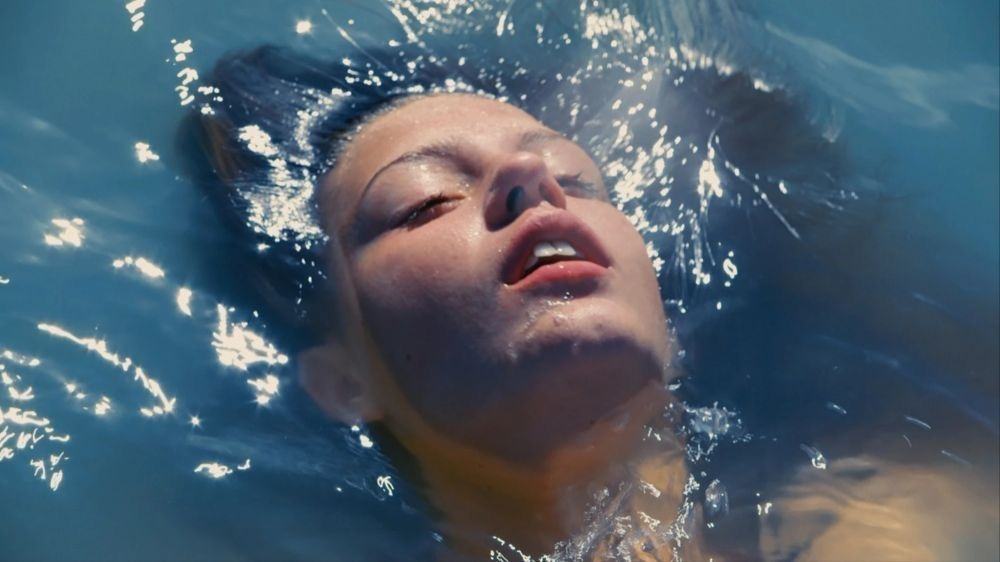
Despite its many accolades, “Blue Is the Warmest Color” has also sparked some controversy, particularly regarding its portrayal of intimacy. The film includes explicit sexual scenes, which some critics and viewers found uncomfortable or gratuitous. However, these scenes can also be seen as integral to the story, as they highlight the physical and emotional intimacy between Adèle and Emma. The film’s unflinching exploration of love and sexuality is an essential part of its narrative, aiming to challenge societal norms and offer an honest depiction of human relationships.
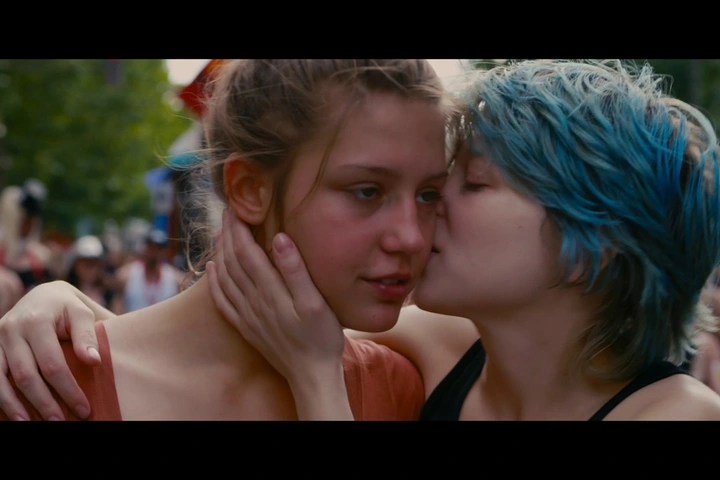
The themes of the film resonate far beyond the boundaries of a simple love story. At its core, “Blue Is the Warmest Color” is a film about self-discovery and the pain that often accompanies growth. It touches on the universality of love, the longing for acceptance, and the quest for personal fulfillment. Adèle’s journey reflects the universal struggle of coming to terms with who we are, who we love, and how we navigate the complexities of our identities in a world that often demands conformity.
Furthermore, the film also critiques societal expectations and the pressures of conformity, especially as Adèle faces judgment from both her family and peers. Her struggle to reconcile her romantic feelings with the conventional expectations of her society—particularly in a conservative family setting—is a poignant commentary on the challenges many face when coming out and embracing their true selves.
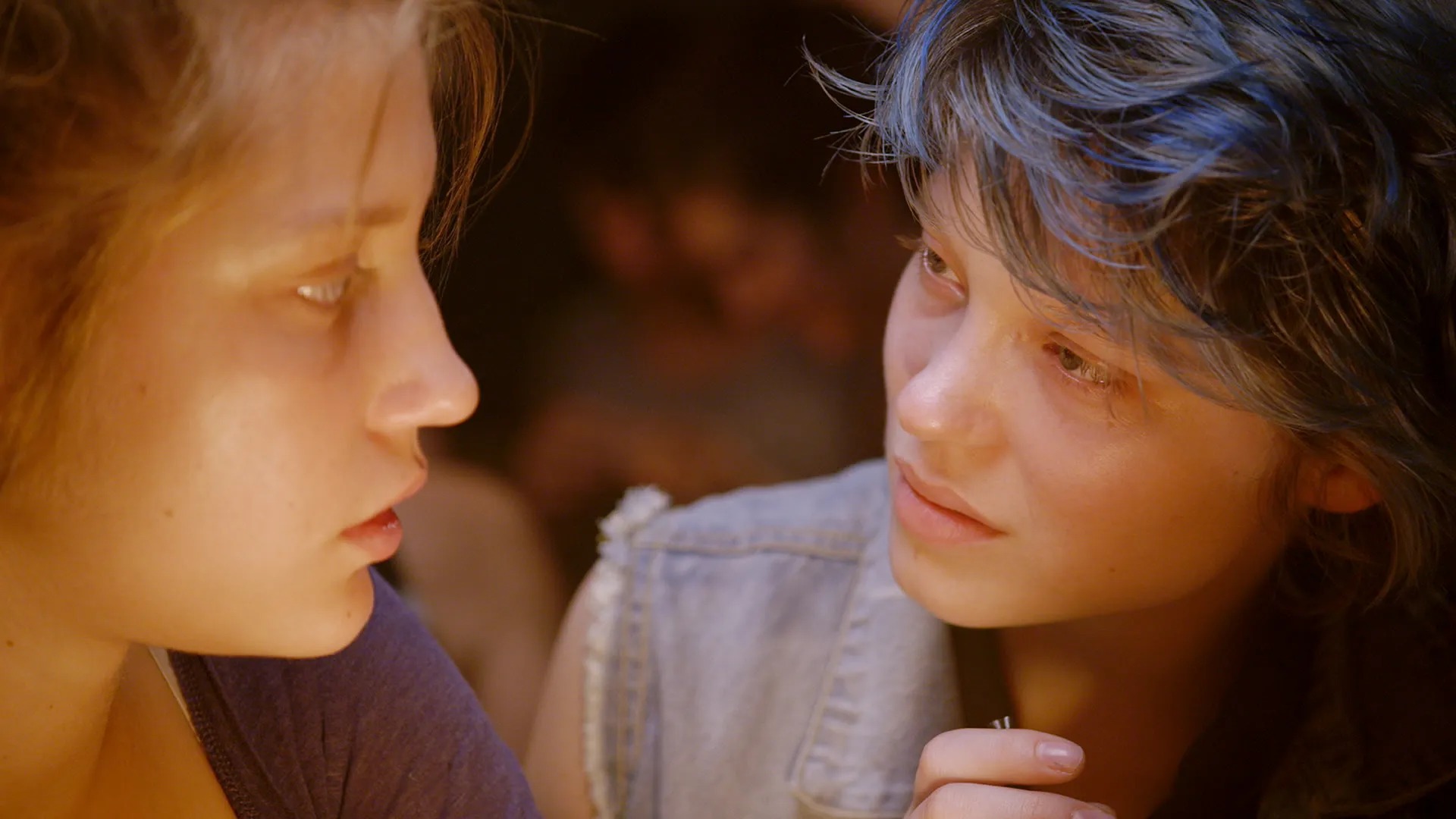
In conclusion, Blue Is the Warmest Color is a deeply moving and visually arresting film that explores the complex and multifaceted nature of love, identity, and self-discovery. Through its vivid portrayal of an intense and transformative romance, the film invites viewers to reflect on the nature of human relationships and the emotional journey that shapes us. Its nuanced performances, exceptional direction, and unflinching depiction of intimacy make it a cinematic masterpiece that continues to resonate with audiences worldwide. The film’s impact goes beyond its depiction of love between two women—it serves as a universal exploration of the trials and triumphs of growing up, falling in love, and finding one’s place in the world.
